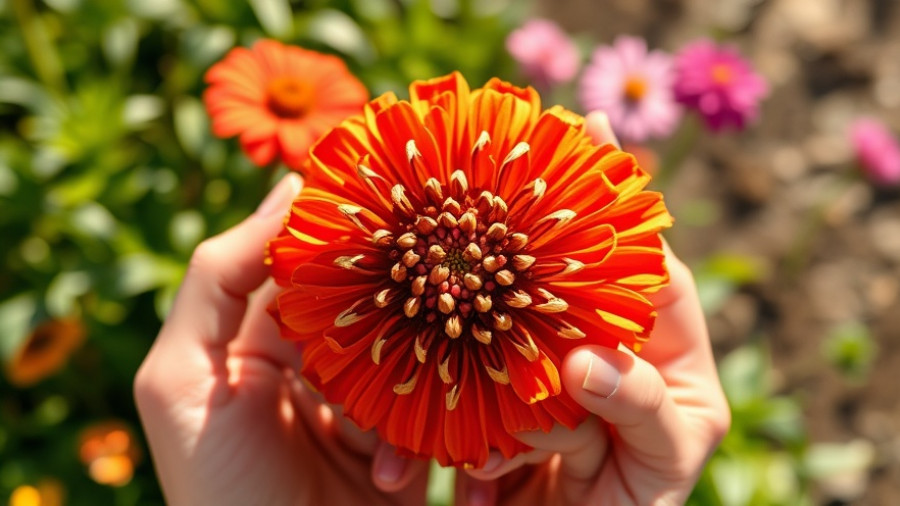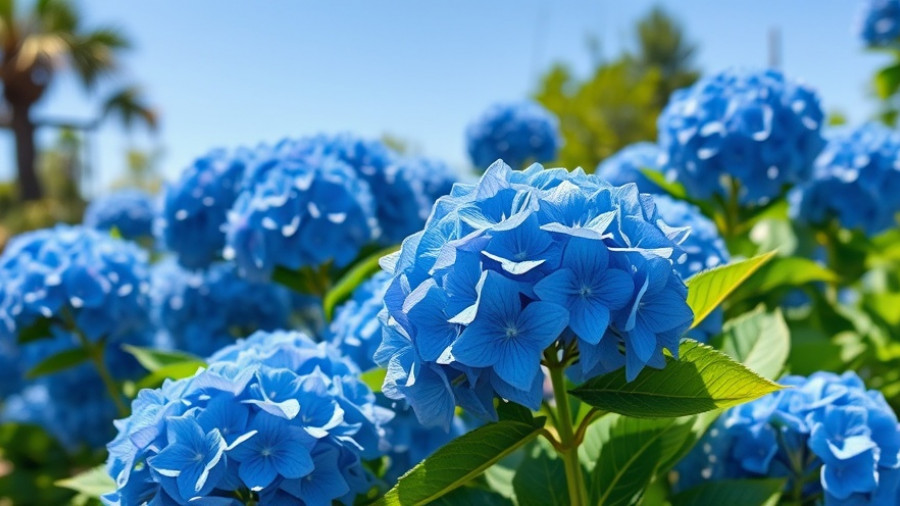
Understanding Late Summer's Toll on Your Perennials
By August, even the most resilient perennials may start to show signs of fatigue. As temperatures soar and rainfall becomes unpredictable, the vibrant blooms that once adorned your garden can become lackluster. However, this period of dormancy isn't the end; rather, it’s a prelude to the fall’s grand finale. Gardening expert Katherine Rowe emphasizes that with a touch of care, these hardworking plants can be refreshed and revitalized as they prepare for cooler months.
Pruning: A Refreshing Approach to Perennial Care
One of the first steps to rejuvenate tired perennials is light pruning. Contrary to what some may believe, this isn’t the time for heavy cutting. Instead, gentle trimming can work wonders. Not only does it promote new growth by cleaning out diseased or tired parts, but it also refines the plant’s shape and prevents overcrowding. Proper air circulation helps reduce disease risk and allows plants to devote their energy toward rooting, setting them up for a resilient winter.
The Art of Deadheading: Encouraging a Second Bloom
Deadheading—removing spent flowers—is a vital practice in late summer gardening. This simple task can rejuvenate a weary garden, redirecting energy from seed production back into blooming. By deadheading, you not only maintain the aesthetic of your garden but also support local pollinators as they gear up for their busy season. Certain perennials, such as salvia and aster, thrive on this attention and can dazzle into the fall, continuing to attract bees and butterflies.
Watering Wisdom for August Gardens
August's scorching temperatures often bring unpredictable drought conditions. To keep your perennials thriving, adjust your watering schedule to ensure the soil remains moist, particularly when heat spikes. A consistent watering routine helps maintain leaf health and sustains blooming capabilities. When the heat hits, deep watering encourages roots to grow strong, preparing them for the stress of the upcoming winter.
Fall-Blooming Perennials: Planning for a Lasting Display
Before the summer days dwindle, it's essential to recognize which perennials can provide fall color. Flowers such as mums and rudbeckia can showcase their brilliance well into the season if cared for properly. By engaging in deadheading and gentle pruning, you prepare these hardy specimens to continue glowing, offering beauty as leaves turn and daylight fades.
Planning Ahead: Seasonal Gardening Considerations
As gardening lovers eye their autumn projects, the importance of planning can't be overlooked. Whether considering a backyard makeover or designing outdoor kitchen spaces, understanding how to enhance your landscape is crucial. In addition to nurturing tired perennials, now is the perfect time to think about layouts for flower beds or innovative paver patios. Integrating low-maintenance landscaping solutions and eco-friendly yard care methods can create an inviting backdrop for those cooler evenings spent around fire pits or outdoor dining setups.
Creating a Thriving Outdoor Ecosystem
Every action in your garden contributes to a larger ecosystem. Healthy perennials foster biodiversity, providing critical support to local wildlife. As you embark on end-of-season garden care, consider how your practices from pruning to watering benefit birds and beneficial insects. By utilizing mulching tips and focusing on plant spacing, you encourage an environment that is vibrant and sustainable.
As gardening enthusiasts, it's crucial to embrace these late summer challenges with positivity and practical strategies. With foresight and simple techniques, your tired perennials can blossom into fall, offering color, life, and inspiration in your outdoor spaces.
Ready to bring new life into your garden? Implement these seasonal planning tips and engage with your local gardening community for more ideas on creating a stunning outdoor environment. Let's redefine your backyard haven together!
 Add Row
Add Row  Add
Add 




Write A Comment